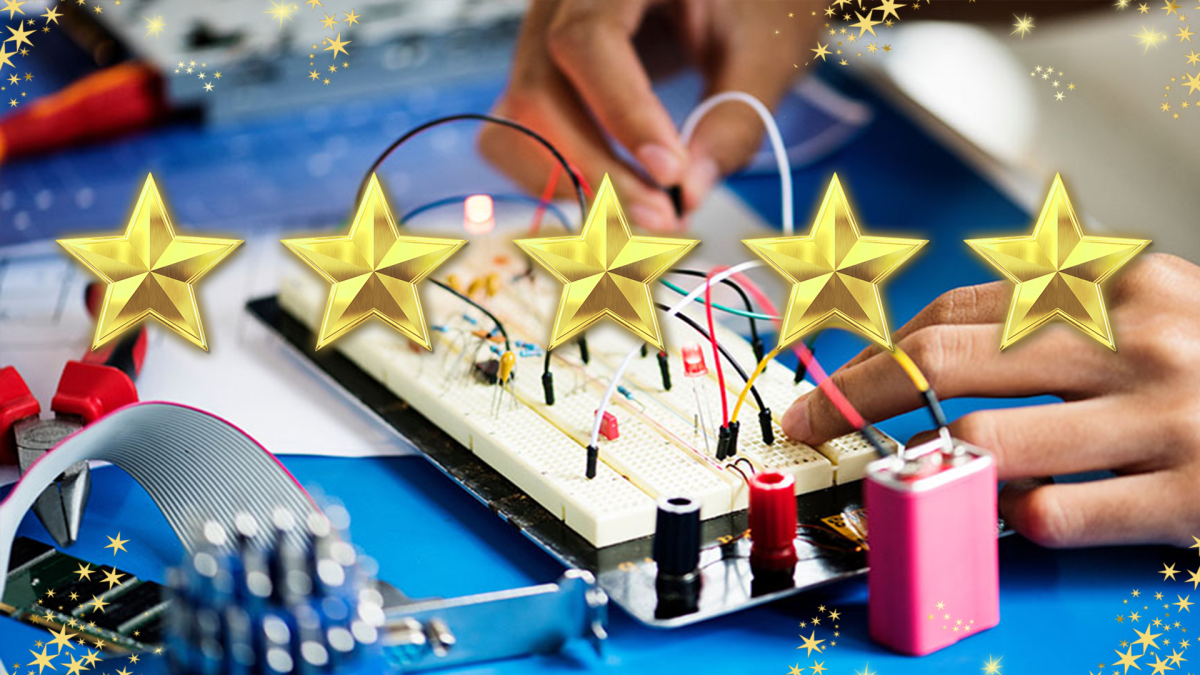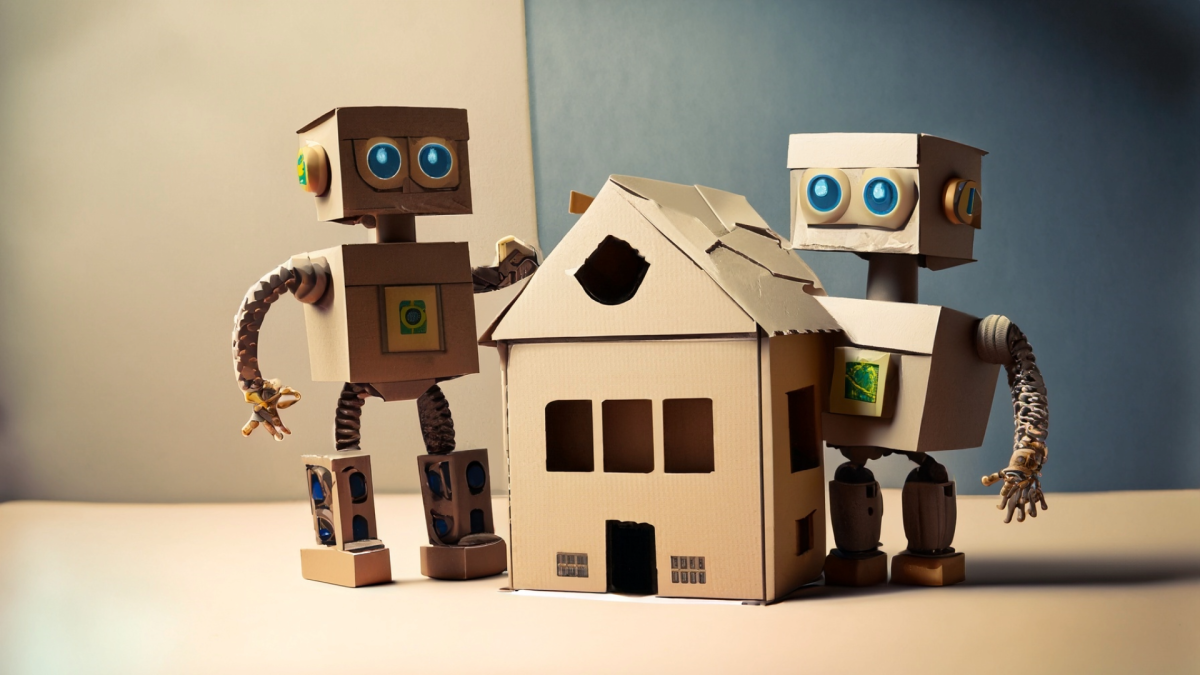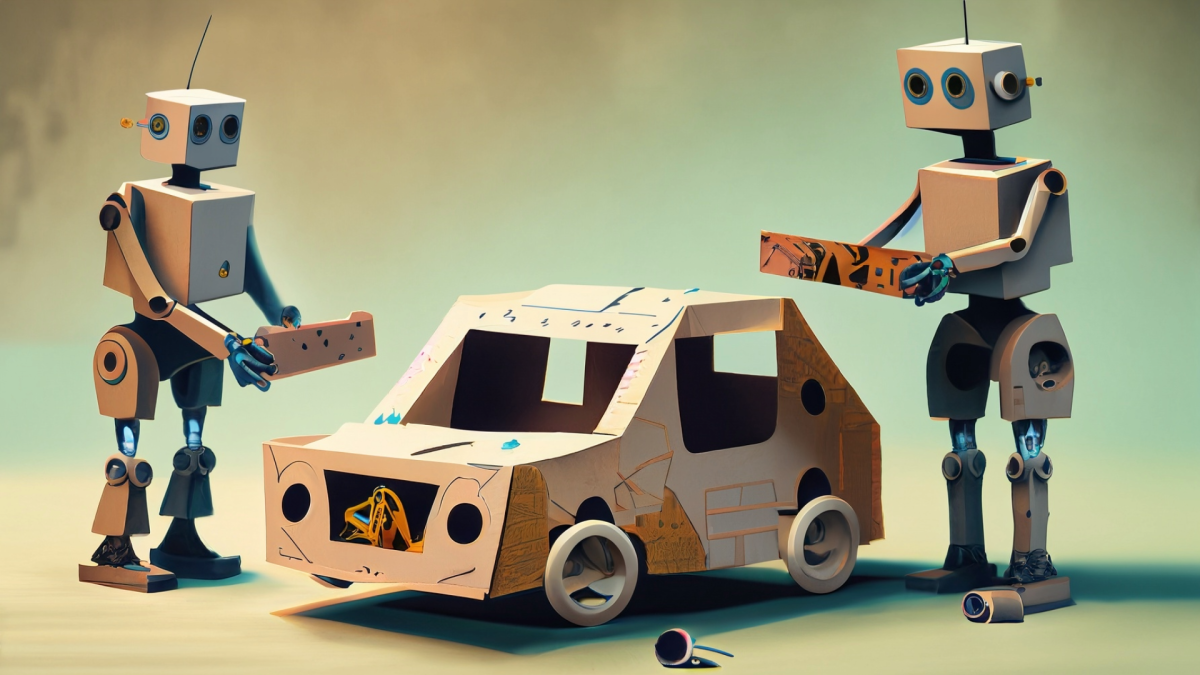
A Shocking Dystopia: STEM Adventures in The City of Ember Part 1 of 4: Blackout! Community Circuits
This lesson is PART 1 of a four-lesson unit, which focuses on futures thinking, the phenomenon of electricity, closed-system agriculture, and water as a renewable energy resource. “The City of Ember”

In this lesson plan, students will be able to build a simple electric motor and study how simple changes affect the motor's rotation. They will learn how energy comes in many forms, and how electric

In this lesson plan, students will be able to investigate battery cells as they construct their own simple batteries: They will know that batteries are a common store of energy for many devices that

Students will use science skills to engineer habitats for polar regions as they learn about the polar regions through hands on experiences.



Students will read and respond to the story, Room on the Broom. Then students will work in small groups to create a sturdy pumpkin tower using pumpkin candies and popsicle sticks. Students will try to

Students learn about the Colorado River watershed and the impact of water rights and usage. They will read about the past and present water flow data, build a model of the watershed, calculate data

Students will use engineering, art, science, and 21st century skills to create a support system to keep Santa safe on Christmas while delivering gifts down the chimney!

In this engaging and interactive lesson, students explore adaptation and creative problem-solving. Inspired by "The Great Turkey Race," students will engage in a hands-on engineering lesson to design

Students will go through the process of counting pumpkin seeds and analyzing data through mean, median and mode as well as creating correlating graphs. Students will learn what causes fruit

This lesson includes academic areas for ELA, math, and coding. The lessons are completed with students in small groups effectively using their collaboration skills to completed the assingments and

Students will read the story "If I Built a House" and then record their elements of the story on index cards. Next they will design and build a House of Cards using index cards.

Students will read and respond to the story, Room on the Broom. Then students will plan and create a sturdy broom to hold as many pumpkin candies as possible.

Students create a reindeer to learn about force and see how far their reindeer can fly. They can track their distance and make improvements on their reindeer. Enrichments students can see how weight

Students create a city and a plan for a route for a Thanksgiving parade with floats coded by robots. The students build the buildings along the parade route using area or addition/subtraction houses

Students will listen to Iggy Peck Architect by Andrea Beaty and describe what an architect does, engineering and the design process. Students will be able to design and engineer a strong bridge. They

Using the book "Those Darn Squirrels" by Adam Rubin, students will design and create a bird feeder to let the birds IN and keep the squirrels OUT! Communication, collaboration, and creativity are key

Students will create a STEM Cardboard challenge after listening to the story Not a Box by Antoinette Portis.

Using the engineering design process, students will collaborate to plan and build a tower...but not just any old tower! This "Tower with a Twist" has to include a suspended cup that can also hold

This is a lesson designed for 4th and 5th grade. It would come at the end of the unit on Force and Motion. It describes a wonderful machine called a Rube Goldberg Machine. This lesson includes an ELA

Makey Makey with The Bionic Kid
Imagine how cool it would be to build a video game controller out of bananas! In this engineering design challenge, you will learn how to use everyday items and a Makey Makey kit to design a

This is a multi-day lesson on the lifecycle of a pumpkin starting with how long it takes for pumpkin seeds to produce a sprout. There is also an art element using geometric shapes to introduce the

This lesson incorporates Math, Science and Reading standards into a pumpkin themed third grade lesson. Students will use a mentor text to relate to the life cycle of a pumpkin, create, compare and


